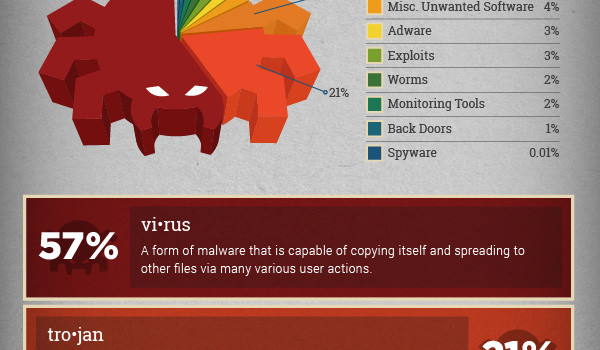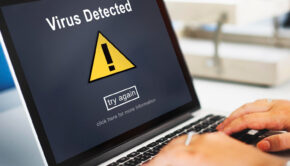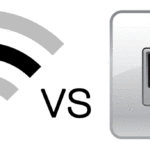An In-depth Look at the Malware Industry
Malicious software, or malware, can infect the computers of even the most careful users. From viruses to Trojans to spyware, malware can take on many forms as it infects your computer. Read on to take an in-depth look at malware and learn how to protect your technology.
Common Types of Malware
Some computer users employ the term “virus” to refer to all malicious software, but as this infographic indicates, viruses only encompass just over half of all malware.
Viruses can replicate and spread throughout a computer, file by file. Trojans, which cover a little more than 20 percent of malware, disguise themselves as safe, clean files to trick users into downloading and installing them. A Trojan downloader, which includes about 7 percent of malware, actually downloads malicious files and then executes them on the user’s behalf.
Less Prevalent Types of Malware
Malware stats show that there are plenty of other lesser-known types of malware. Unwanted software, which might be a product of a Trojan downloader, includes software maliciously installed without the user’s knowledge. Adware automatically displays advertisements when the user starts his or her machine or goes online. A worm looks for vulnerabilities in your computer’s operating system and copies itself, spreading throughout your machine. An exploit refers to software that can take advantage of a bug in your computer’s software to complete a malicious act.
Backdoor malware is particularly tricky. This software is cleverly designed to access your computer remotely and take control of a function or program while escaping detection by you or your security programs. Monitoring tools, which make up about 2 percent of malware, can track or watch your behaviors online and then report to a remote server. Spyware, which includes less than 1 percent of malware, collects certain kinds of data that you have stored on your computer. This can include passwords, credit card information, or other private data.
Malware as an Epidemic
Image via Flickr by IntelFreePress
Malware is diverse, and it doesn’t appear to be going away any time soon. In fact, in 2014, hackers and programmers created about 27 million strains of malware. That means 74,000 new viruses came on the scene each day. Not all of those were newsworthy, but they certainly caused some unlucky computer users significant grief.
How to Protect Yourself From Malware
To protect your computer and smart technology from malware, choose the most effective antivirus software for your machine, if you are using Windows. Also, be sure to stay on top of malware trends and make sure that your actions online don’t open the door to malicious attacks. Take care when you click on links, advertisements, and email attachments, confirming that they come from trusted sources. Finally, make an effort to keep your computer’s security features up-to-date. This helps ensure you don’t miss an important security update.
Also, it is recommended to use a Unix-based operating system like Linux, BSD or Mac OS X, as they are less prone to malware by design rather than Windows.
About a third of U.S. computer users are currently affected by malware, and that number only seems to grow. Take steps to protect your data and your technology so that you don’t become one of them.

















